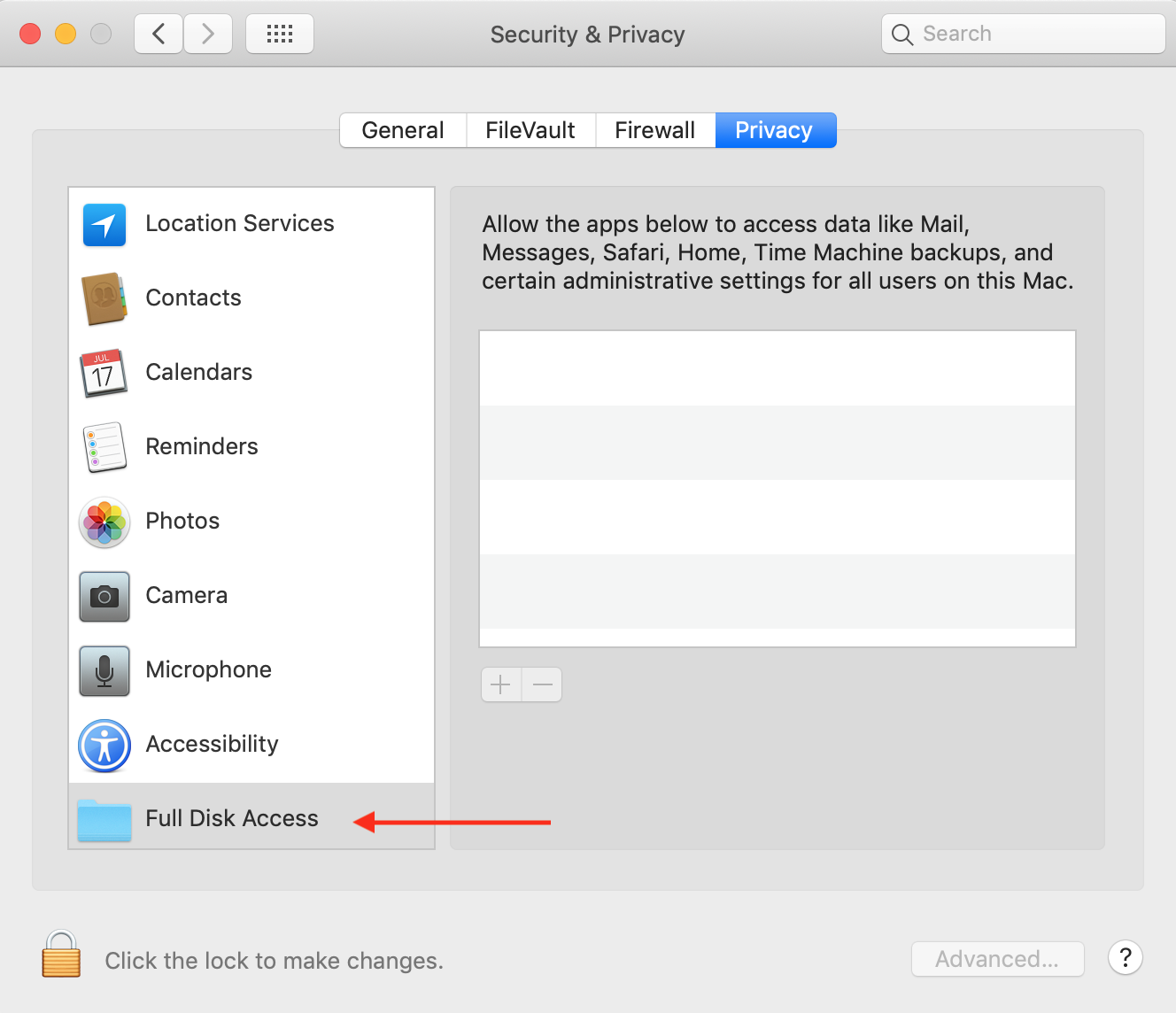

- #BASH MAC OS LIST SERVICES MAC OS X#
- #BASH MAC OS LIST SERVICES SOFTWARE#
- #BASH MAC OS LIST SERVICES WINDOWS#
#BASH MAC OS LIST SERVICES WINDOWS#
With it, Windows administrators can monitor Linux DNS (Domain Name Service) Dynamic Host Configuration Protocol (DHCP) Samba Lightweight Directory Access Protocol (LDAP) CUPS, Linux printing services NFS (Network File System) and the Linux firewall.Īll this is integrated with the Novell Support Advisor. With the SUSE Linux Management Pack for System Center Operations Manager R2 2007, you can monitor SLES 10 and 11 with Microsoft System Center Operations Manager 2007 R2. This same technique can be used with other Windows corporate network applications. This lets either Linux desktop users or Windows users who authenticate against Linux servers to use SharePoint without jumping through any additional hoops. Linux using end-users can log-in to SharePoint services via Access Manager, which transparently forwards the authentication information to ADFS and back again. Specifically, with Active Directory Federation Services (ADFS) and Novell Access Manager users can use a single login to access network services regardless of whether their home identity is authenticated against Active Directory or Novell's LDAP or eDirectory.īusiness SharePoint users in particular have found this very useful. Microsoft and Novell have been working together on this since they made their partnership to get Windows and Novell's SUSE Linux Enterprise Server (SLES) working on the same page both on the server and desktop. This means that your business can use a SSO to share applications across platforms while using two, or even more, different directory services and security and authentication methods. Of course, there is another entirely different way, which is to use federated identity management to get Windows and Linux to get along on a network. While the current program is certainly worth experimenting with, it can in no way, shape, or form be used on a production network yet. Unfortunately, Samba 4, which involves a complete re-write of Samba as well as adding AD integration, is still a ways from being done. Samba has also been working on AD integration for Linux in Samba 4.
#BASH MAC OS LIST SERVICES MAC OS X#
To this, however, requires a particular client for each version of Linux, Unix, or Mac OS X that you're running. This enables Windows administrators to secure Linux and Unix systems using their familiar AD authentication, access control and Group Policy services. In Centrify's case, Centrify DirectControl works by making a non-Microsoft server, workstation or device appear as a Windows AD client. Centrify also offers programs that can get the pair working together. Likewise isn't the only company that tries to get Linux and Windows servers to coordinate with each other.
#BASH MAC OS LIST SERVICES SOFTWARE#
This software also enforces AD password policies across Linux systems. If you want to give it a try first, Likewise also offers Likewise Open an open-source program that lets Linux and Mac users authenticate against and join AD domains and forests. Last, but never least, you can use it to provide a SSO (Single Sign-on) regardless of the user's native operating system. In addition, you have a centralized administration console that lets you provision and manage users and systems no matter whether they're running Linux, Unix, and Mac OS X. With this program, you can Join non-Windows servers to AD. For starters, there's Likewise Software with Likewise Enterprise. If you can't wean yourself from AD, and let's face it, there are a lot of reasons to stick with AD, there are other approaches to Linux and Windows network rapprochement. If you need more, there are other network directories that can work for both operating systems that come with enterprise-level support such as Novell's eDirectory. But, for small to medium business networks, an LDAP implementation such as OpenLDAP may be all you need for both Windows and Linux servers and desktops. I know, I know, that's heresy to Windows administrators. One way to handle this is just not to use AD at all. Whether your PCs run Windows 7, XP, Mac OS X, Snow Leopard, or Ubuntu, Samba can get the files to them whenever they need them without much fuss or muss.īut, once you start trying to manage logins and authentication between Linux and Windows systems with just AD or by combining LDAP and AD, things can get complicated. With Samba, your Linux servers can act just like Windows file and printer servers to all your desktop clients. Samba is an open-source program that provides Server Message Block/Common Internet File System (SMB/CIFS) file services. The first part, simply sharing files and printers, can be handled by using Samba as a server or as a client on Linux and Mac desktops.


 0 kommentar(er)
0 kommentar(er)
